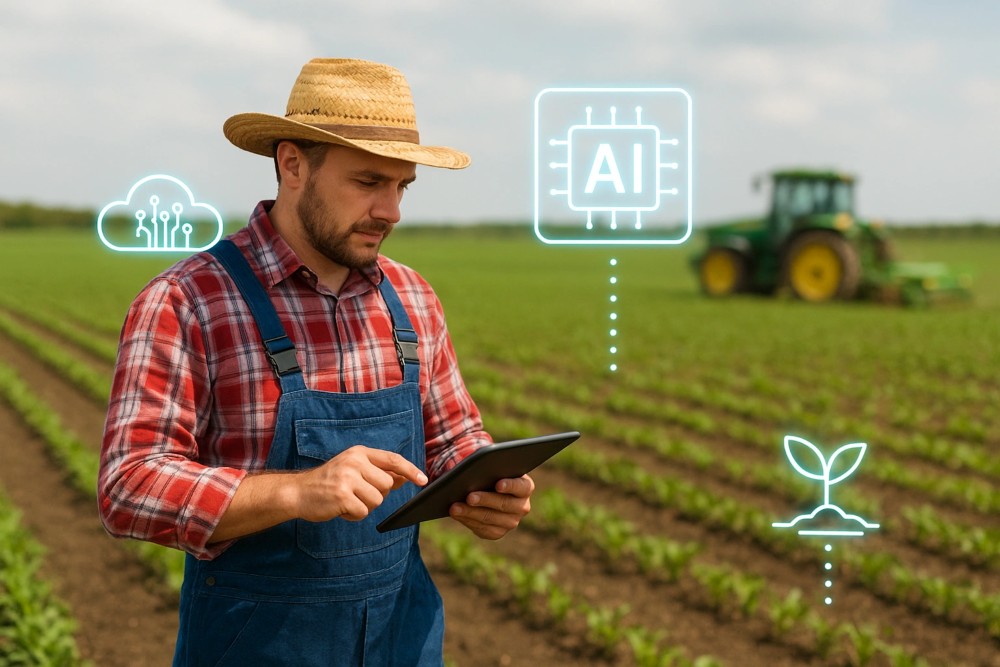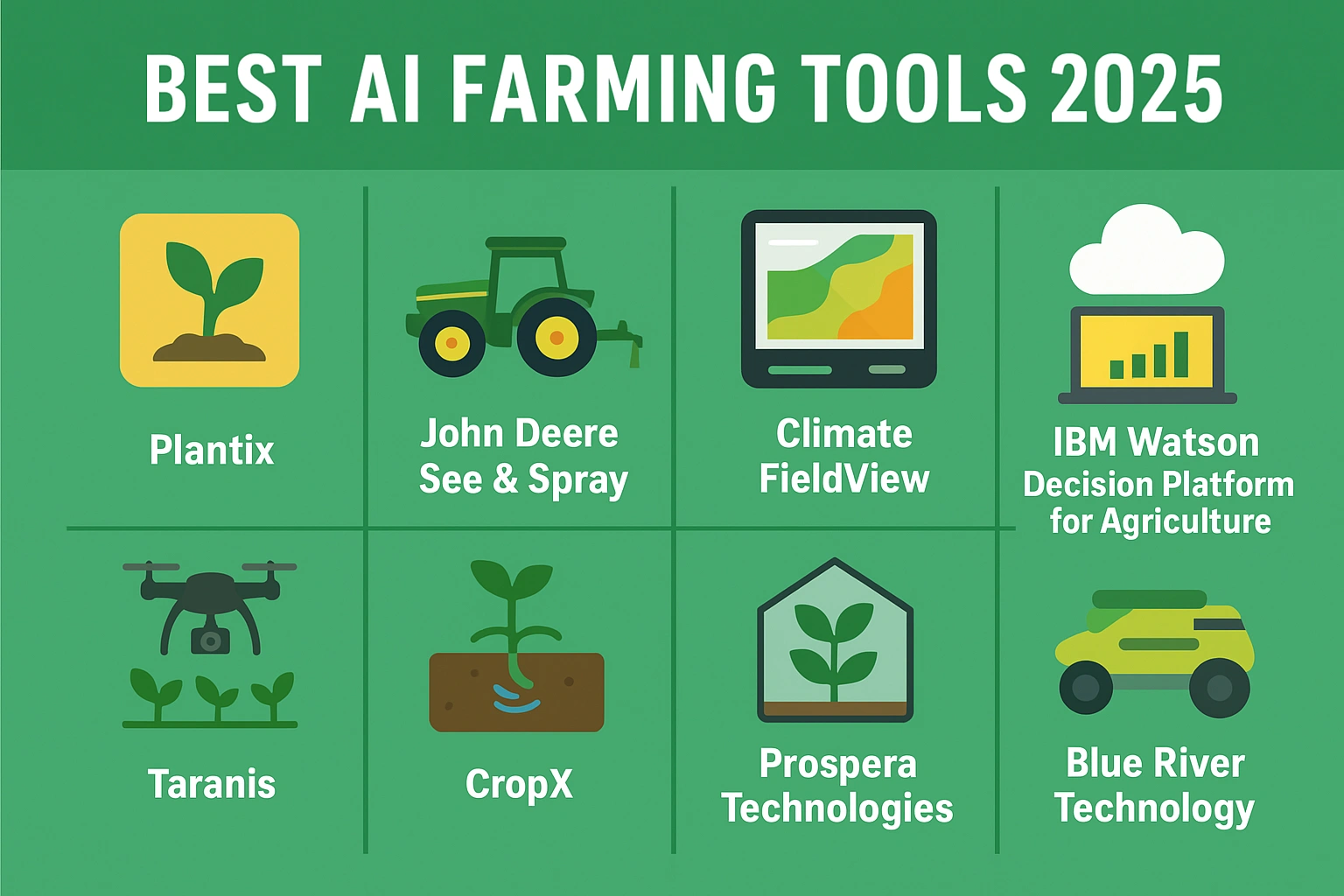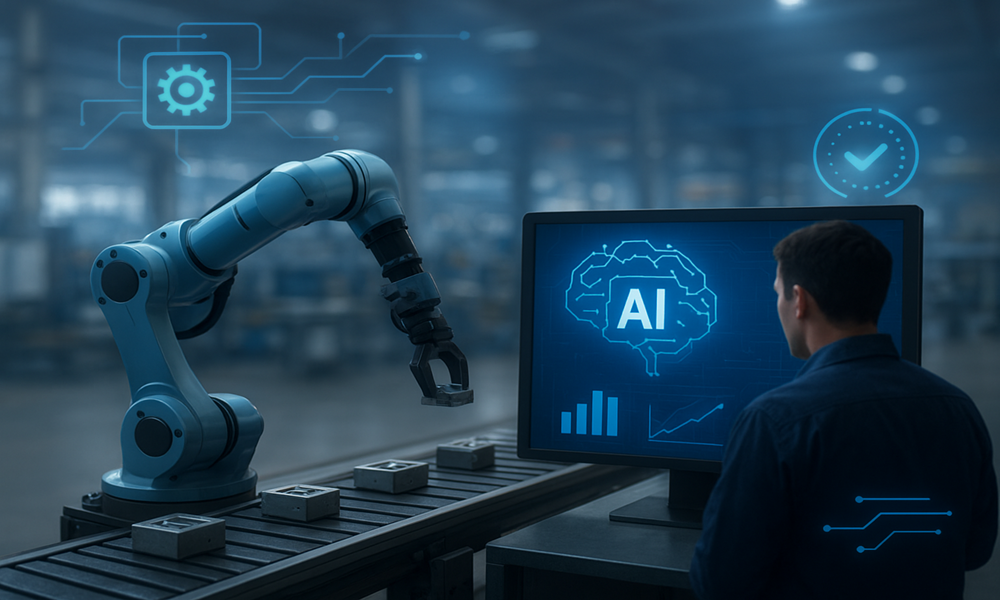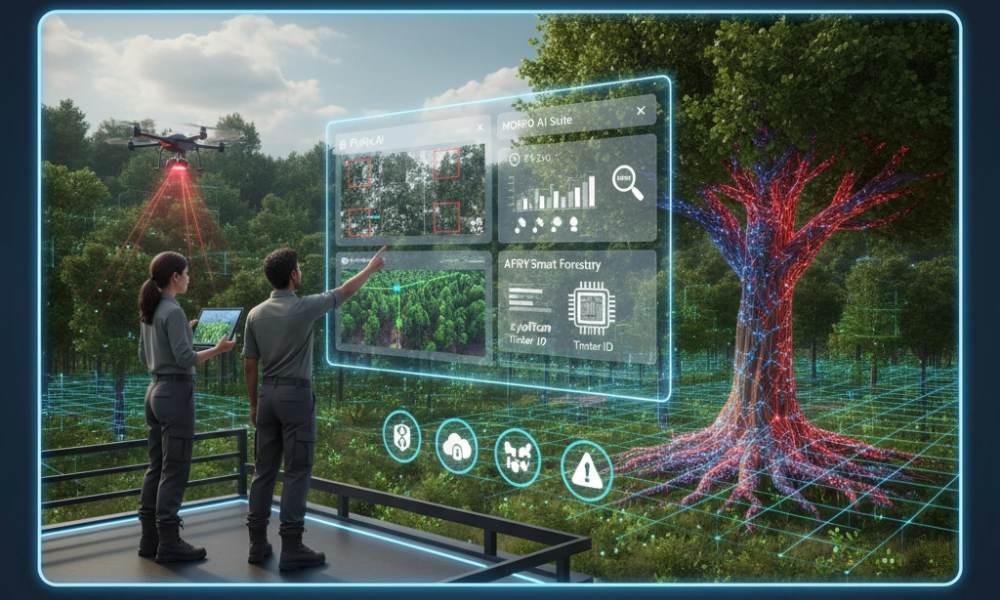
Best AI Farming Tools in 2025: How Artificial Intelligence Farming is Transforming Agriculture
- September 8, 2025
- Top Search
- 2:29 pm

Key Insights
AI farming tools like Plantix, John Deere See & Spray, and Climate FieldView boost yields, cut costs, and support sustainable farming despite challenges like cost and data privacy.
Coming up Next
Discover Top AI Tools for Lawyers: How Legal AI is Transforming Practice in 2025
https://topsearchnews.ai/top-ai-tools-for-lawyers-how-legal-ai-is-transforming-practice-in-2025/
“🎧 Listen to this article instead of reading (audio version below).”
🌱 Introduction: A New Season in Farming
Imagine a farmer in Punjab waking up early on a foggy January morning. Instead of guessing whether his wheat fields need water, he opens a mobile app. Within seconds, he sees data collected from sensors in his soil, satellite images, and AI predictions. The app tells him:
- “Water tomorrow morning for 30 minutes.”
- “Watch out for pest activity in the north field.”
This isn’t science fiction—it’s Artificial Intelligence farming in action. In 2025, farmers across the world are turning to AI farming tools to save costs, improve yields, and reduce guesswork.
Just like tractors changed farming a century ago, AI is the tractor of the digital age—quietly revolutionizing agriculture.
🚜 Why Farming Needs AI in 2025
Agriculture faces challenges like never before:
- Growing population: The world must feed nearly 8 billion people.
- Climate change: Unpredictable rains, droughts, and extreme weather threaten crops.
- Limited resources: Water, fertilizers, and land are scarce.
- Labor shortages: Younger generations are moving away from farming.
AI farming tools bring precision and intelligence to the fields. They help farmers decide what to plant, when to water, how to protect crops, and when to harvest—all backed by data.

🌟 Best AI Farming Tools in 2025
Here’s a storytelling look at the top AI tools changing farming today.
1. Plantix (The Doctor for Crops)
What it does: Farmers take a photo of a plant with their phone, and Plantix’s AI instantly diagnoses diseases, pests, or nutrient deficiencies.
Why it matters: A small farmer in India who loses crops to fungal infections can save his harvest with early warnings.
Impact: Used by millions of farmers across Asia, Africa, and South America.
2. John Deere See & Spray (The Weed Detective)
What it does: AI-powered cameras on tractors detect weeds and spray herbicide only where needed.
Why it matters: Farmers spend less on chemicals, reduce pollution, and protect healthy crops.
Impact: Farmers in the U.S. report cutting chemical use by up to 80%.
3. Climate FieldView (The Digital Farm Notebook)
What it does: Collects real-time field data from sensors, satellites, and tractors, and shows farmers maps of crop health, soil moisture, and yield predictions.
Why it matters: Instead of guessing, farmers make data-driven decisions.
Impact: Used widely in North America, now expanding globally.
4. IBM Watson Decision Platform for Agriculture (The AI Brain for Farming)
What it does: Combines weather forecasts, satellite imagery, and AI analytics to help farmers decide when to plant, irrigate, or harvest.
Why it matters: Helps small and large farms alike optimize resources.
Impact: Helps farmers save water and improve harvest timing.
5. Taranis (The Eye in the Sky)
What it does: Uses drones and AI to capture ultra-high-resolution images of fields. Detects pests, diseases, and nutrient issues before the farmer can even see them.
Why it matters: Prevents large-scale crop damage with early detection.
Impact: Farmers in Israel and the U.S. use Taranis to monitor thousands of acres.
6. CropX (The Water Saver)
What it does: Smart soil sensors send data to AI systems that recommend exactly when and how much to irrigate.
Why it matters: Saves water—critical in drought-prone regions.
Impact: Used in over 50 countries, helping farmers cut water usage by 30–40%.
7. Prospera Technologies (The Greenhouse Guardian)
What it does: AI monitors plants inside greenhouses, tracking growth, diseases, and environmental conditions.
Why it matters: Perfect for high-value crops like tomatoes, cucumbers, or flowers.
Impact: Adopted in Europe and Israel for precision greenhouse farming.
8. Blue River Technology (The Smart Sprayer)
What it does: “See & Spray” machines powered by AI detect each plant and spray fertilizer or pesticide only where needed.
Why it matters: Cuts waste, improves efficiency, and reduces environmental impact.
Impact: Owned by John Deere, it’s bringing precision agriculture to massive scale.
✅ Benefits of AI Farming Tools
- Higher Yields: Better decisions = more crops per acre.
- Lower Costs: Farmers save money on water, fertilizers, and pesticides.
- Sustainability: Reduced chemical use means less harm to soil and environment.
- Early Warnings: AI detects pests/diseases early, saving harvests.
- Convenience: Farmers get advice on their phones anytime, anywhere.
⚠️ Challenges in AI Farming
- High Costs: Advanced tools are expensive for small farmers.
- Digital Divide: Many rural areas lack internet connectivity.
- Training: Farmers need digital skills to use these tools.
- Data Privacy: Who owns the farm data—farmers or tech companies?
🌍 Future of AI Farming
By 2030, experts predict:
- AI-powered drones will become as common as tractors.
- Every farmer will use AI apps in their native language.
- Governments will subsidize AI tools for small farmers.
- AI will help fight climate change by optimizing water and fertilizer use.
Artificial Intelligence farming is not just about growing more food—it’s about growing smarter and sustainably.
🌾 Conclusion
In 2025, the best AI farming tools are no longer luxuries—they are necessities. From smartphone apps diagnosing plant diseases to drones scanning thousands of acres, Artificial Intelligence farming is helping farmers feed the world smarter, faster, and more sustainably.
The story of tomorrow’s agriculture is already unfolding today, and AI is holding the pen.
FAQs
AI farming means using Artificial Intelligence tools like apps, drones, and sensors to improve crop growth, reduce costs, and boost yields.
Apps like Plantix are most useful because they work on smartphones and are affordable.
Tools like CropX use soil sensors and AI to recommend the exact amount of water needed, reducing waste.
Some tools are costly, but affordable smartphone-based solutions are available for small farmers. Costs are expected to fall in coming years.
Yes. By reducing chemical use and saving water, AI farming makes agriculture more sustainable and climate-friendly.
Quora Insights
- What is the potential impact of artificial intelligence on farming?
- How is AI being used in agriculture and farming?
- What are some applications of AI in the field of agriculture?
- How will AI impact the future of agriculture and food production?
- Can artificial intelligence (AI) replace farmers? If so, what would happen to the farmers?

Recent Posts:


AI in Manufacturing: From Competitive Edge to Industry Need


